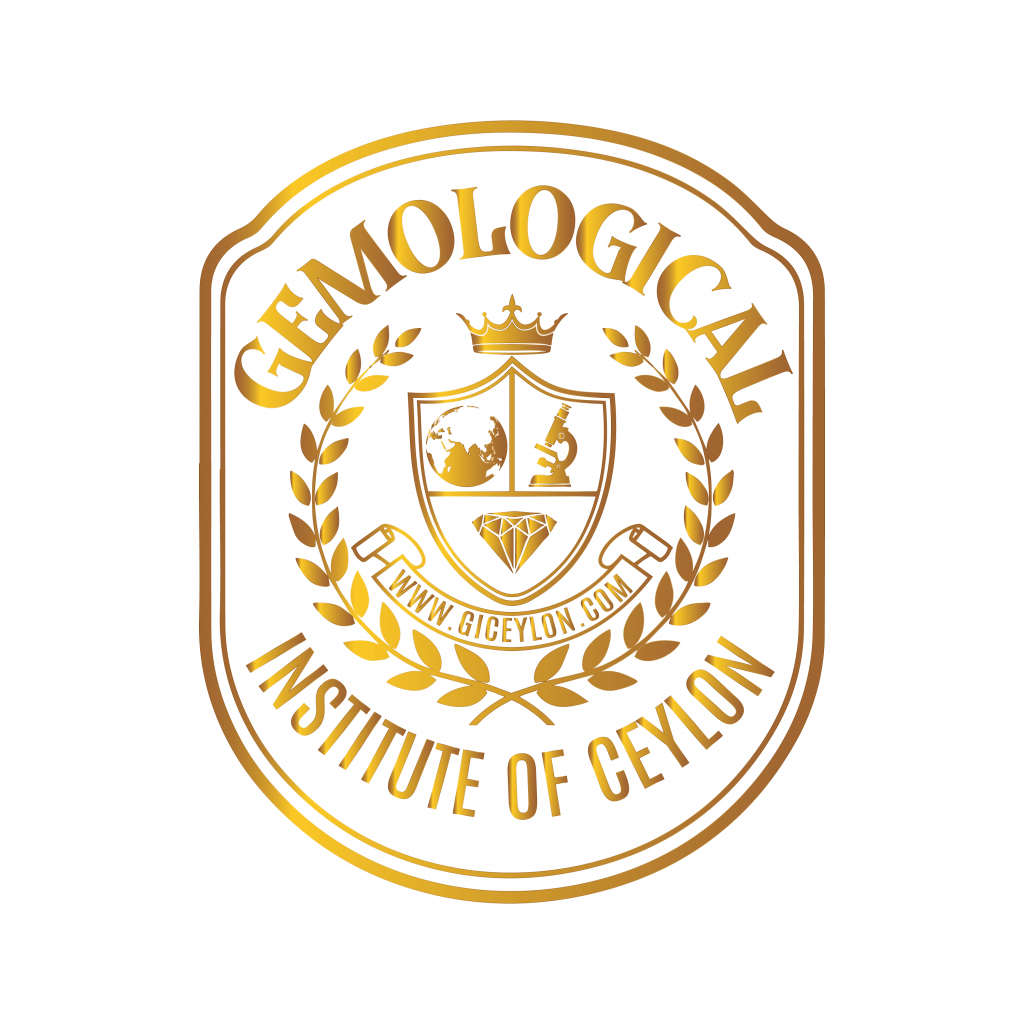Polariscope
To identify gems, polariscopes employ polarized light. On top and bottom of the device, respectively, are two polarized filters. The vibrational planes of the polarizer and analyzer are distinct from one another. The field between them remains dark when the polarizer’s vibrational plane is perpendicular to the analyzer’s vibrational direction. The “crossed position” is the name given to this posture. Gems in this place can be examined to see if they are:
1. Isotropic
2. Anisotropic
3. Anomalously double refractive or an
4. Anisotropic aggregate
The polarizing plastic sheets (stretched polymers) used to make the polarizing filters for this instrument are constructed of polyvinyl alcohol that contains dichroic molecules. Older versions were made using tourmaline plates or the tiny orientated crystals of iodoquinine sulfate (herapathite).
Polariscope operation and potential observations
Turn on the light source, cross the polarizer and analyzer, and set the gemstone on the spinning platform slightly above the polarizer.
You can choose from four possibilities by slowly rotating the stone while looking at the gemstone via the analyzer.
1. The stone appears dark throughout a 360° rotation.
The stone is isotropic/single refractive.
2. Throughout a 360° rotation the stone blinks 4 times, light and dark.
The stone is anisotropic/double refractive.
3. The stone will appear light all the time.
The stone is a microcrystalline or cryptocrystalline aggregate (like, for instance, chalcedony).
4. The stone will show anomalous double refraction (ADR).
It is isotropic/single refractive.
The first three behaviors shouldn’t present any issues for a novice user, but the fourth behavior (ADR) can be misunderstood and lead one to believe that the stone is double-refractive.
One way to avoid confusion when one detects ADR is to set the stone in its lightest position and then swiftly rotate the analyzer 90 degrees. When a gemstone exhibits ADR, it becomes substantially lighter and is single-refractive. The stone is double refractive if it stays essentially the same.
Certificate Verified Date: 30/05/2023
Student Name: Hettiarachchige Thilini Kaushalya Perera
Course Name: Practical Gem Trader
Course Content: Online/Offline Practical Gemology + Trading Program
Mine to End Customer Fast-track + Lifetime Service and Support 16 Days Online or Offline Sessions + Unlimited Revisions Unlimited Field Visits to Local Gem Fairs and Gem Mines ( Sri Lanka ) Lifetime Subscription to the support hotline Business Setup – Google and Physical Location Fully Customized Website + Online Store (CMS) + Training Social Media Integration and Guidance – Newsletters, Facebook, Instagram, LinkedIn, Twitter, WhatsApp,WeChat, Line, Tumblr YouTube Channel Setup and Guidance Gemstones Photography and Videography in Natural Background with Minimum Resources – Guidance Resources Introduction with Recommendation – Rough Gemstones, Cut and Polished Stones, Heat Treatment Persons, Gem Cutters, Laboratories, Jewelry Makers, Import and Exports
